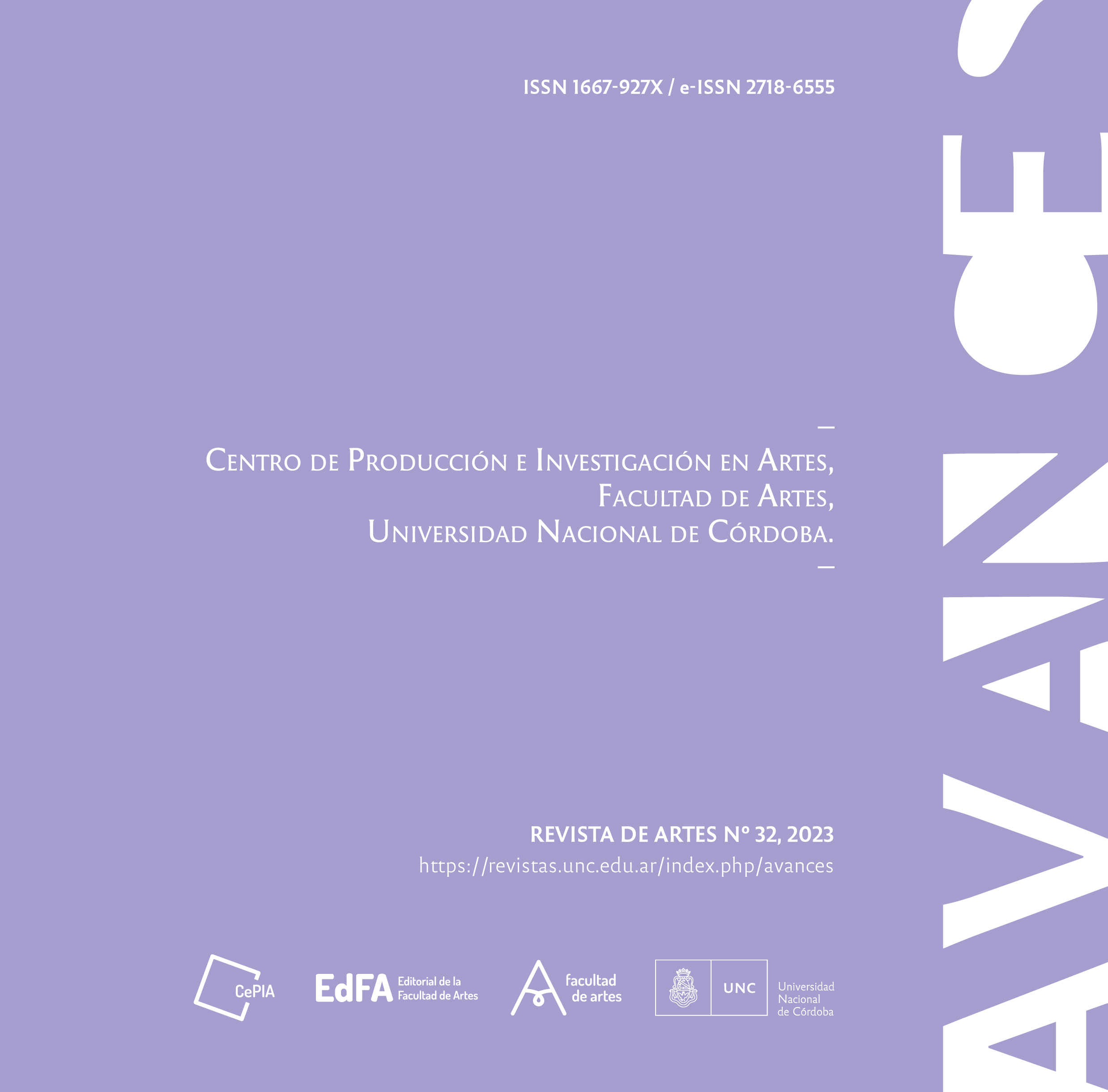¿Who Talks About the Music that is Played in Schools? Constructed significations
Keywords:
Subjects, Praxis, Signification, Music, Primary schoolAbstract
This article was developed from the Master’s thesis called "¿Who talks about the music that is played in schools? The construction of significations by the subjects from the educational community, from the musical repertoire that circulates in primary schools and their musical praxis", to fulfill the formation of the Masters in Educational Research with a mention in SocioAnthropology, from the Center of Advanced Studies of the Faculty of Social Sciences (Facultad de Ciencias Sociales) of the National University of Córdoba (Universidad Nacional de Córdoba).
The concern about the significations that the subjects attribute to music in an educational ambit has accompanied us for a long time in our teaching path. Over time, we built some questions: How is the school ́s repertoire composed? What senses were constructed from the repertoire? (group and/or ethnic identities, nationalities, collectivities, nation state, and so on). What conceptions are brought to play by the social subjects to construct significations through the circulating repertoire? Which practices or musical praxis are developed in the school? We believe these questions constitute our problem. We recovered the voices of many of the subjects that belong to the educational community and we also collected the repertoire that circulates and searched to understand the contexts.
Downloads
References
Blázquez, G. y Nusenovich, M. (1991). La fiesta en el mundo andino. Aspectos sociales, estéticos y religiosos. Graff impresiones.
Blázquez, G. (2012). Los actos escolares. El discurso nacionalizante en la vida escolar. Miño y Dávila editores.
Carabetta, S. (2014). Ruidos en la educación musical. Editorial Maipue.
Eco, U. (1968). Definición de arte. Ediciones Martínez Roca.
Garione, F. (2021) “¿Y de la música en la escuela, quién habla?” La construcción de sentidos que realizan los sujetos de la comunidad educativa, a partir del repertorio musical que circula en la escuela primaria y sus praxis musicales. Tesis de Maestría en investigación educativa. CEA UNC.
Mendivil, J. (2016). En contra de la música: herramientas para pensar, comprender y vivir las músicas. Gourmet Musical Ediciones.
Nattiez, J-J. (1975). Fondements d'une sémiologie de la musique. Paris: Union Générale d'Editions.
Padilla, A. (2000). El análisis musical dialéctico. Revista Del Instituto Nacional De Musicología Carlos Vega, 6(1).
Real Academia Española (s. f.). Tradición. En Diccionario de la lengua española (edición de tricentenario). https://dle.rae.es/tradici%C3%B3n.
Samper Arbeláez, A. (2010). La apreciación musical en edades juveniles. Pontificia Universidad Javeriana. https://revistas.javeriana.edu.co/index.php/cma/article/view/1957.
Tagg, P. (1982). Analysing popular music. Theory, method and practice. Editor Prensa de la Universidad de Cambridge.
Downloads
Published
Issue
Section
License
Copyright (c) 2023 Fabián Juan Garione

This work is licensed under a Creative Commons Attribution-NonCommercial-ShareAlike 4.0 International License.





















